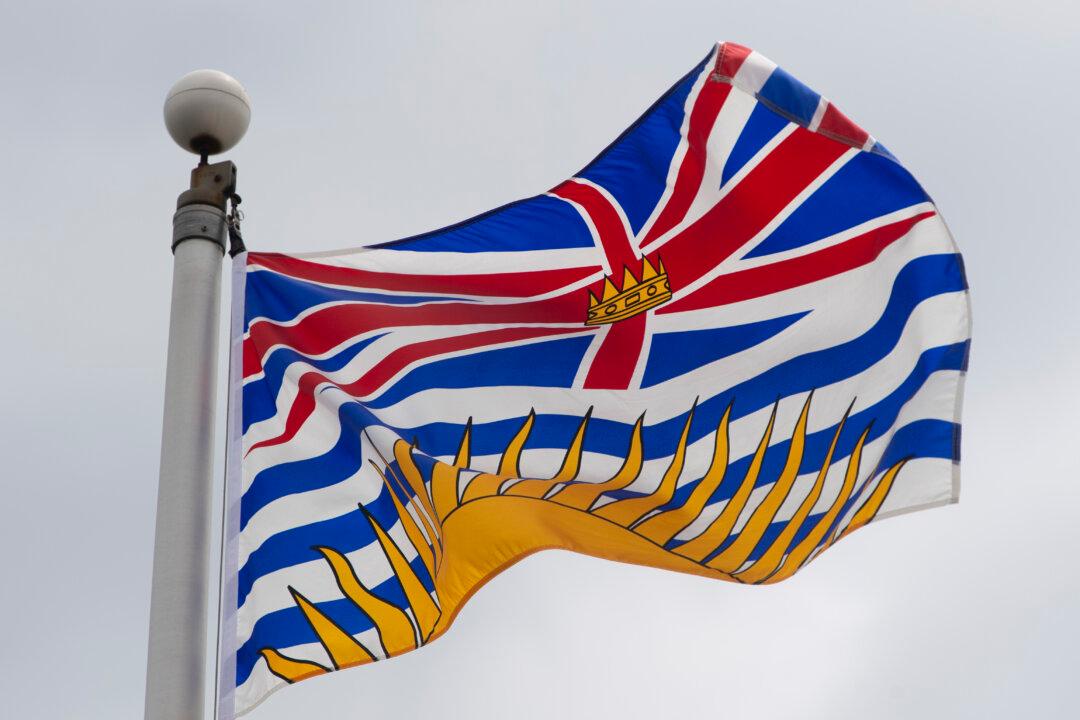British Columbia had the fastest provincial spending growth in Canada even before the COVID-19 pandemic hit the country, a new Fraser Institute study has found.
The study, titled “The End of Spending Restraint in British Columbia,” analyzed the province’s fiscal development since the election of John Horgan’s NDP government in 2017 to gauge whether or not the incumbent leadership continued the trajectory of frugal spending practiced by its various predecessors.





